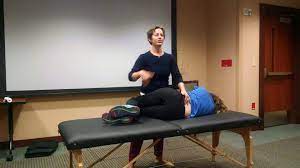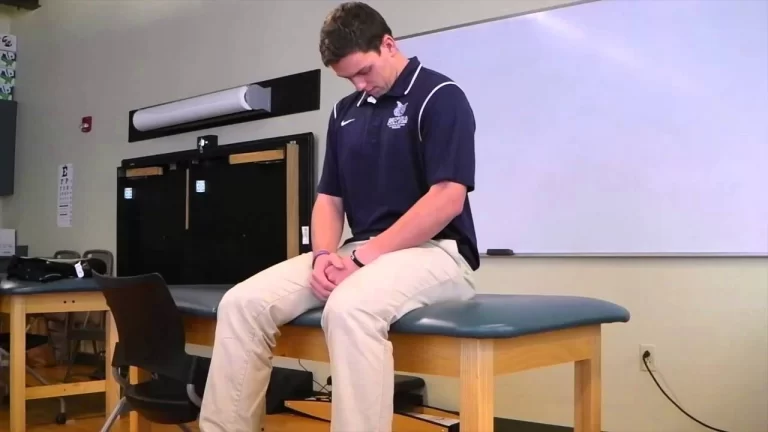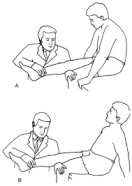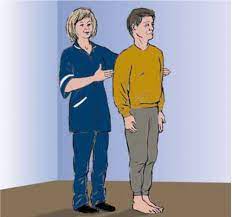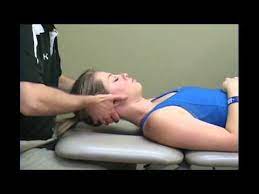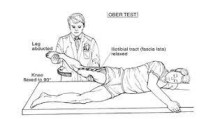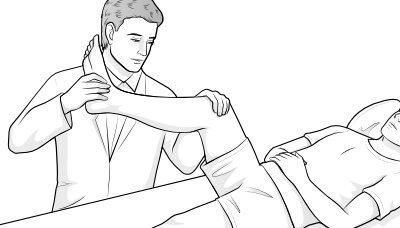Anterior + posterior lumbar spine instability:
- These anterior + posterior lumbar spine instability tests are used to check the lumbar instability in the patient.
- These anterior + posterior lumbar spine instability tests are applied by the therapist or doctor when the complaint of the low back pain.
- These anterior + posterior lumbar spine instability tests are applied in the examined part of the assessment of the lumbar spine.
Test of anterior lumbar spine instability:-
The technique of the performance of the test:
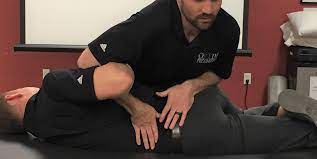
- The patient is placed in side-lying with the hip flexed to 70′ & knee flexed.
- The examiner palpates the desired spinous processes [ L4 to L5 ].
- By pushing the patient’s knees posteriorly with the body along the line of the femur, the examiner can feel the relative movement of the L5 spinous process on L4.
- Normally, there should be little or no movement.
- Other levels of the spine may be tested similarly.
What is the result of the anterior lumbar spine instability tests?
- A problem with the test is that the examiner [ therapist ] should ensure that the posterior ligaments of the spine are relatively loose or relaxed.
- This anterior lumbar spine instability is controlled by altering the amount of hip flexion.
- When doing the greater hip flexion, it does the tightening of posterior ligaments more from the bottom means sacrum up.
Test of posterior lumbar spine instability:-
The technique of the performance of the test:
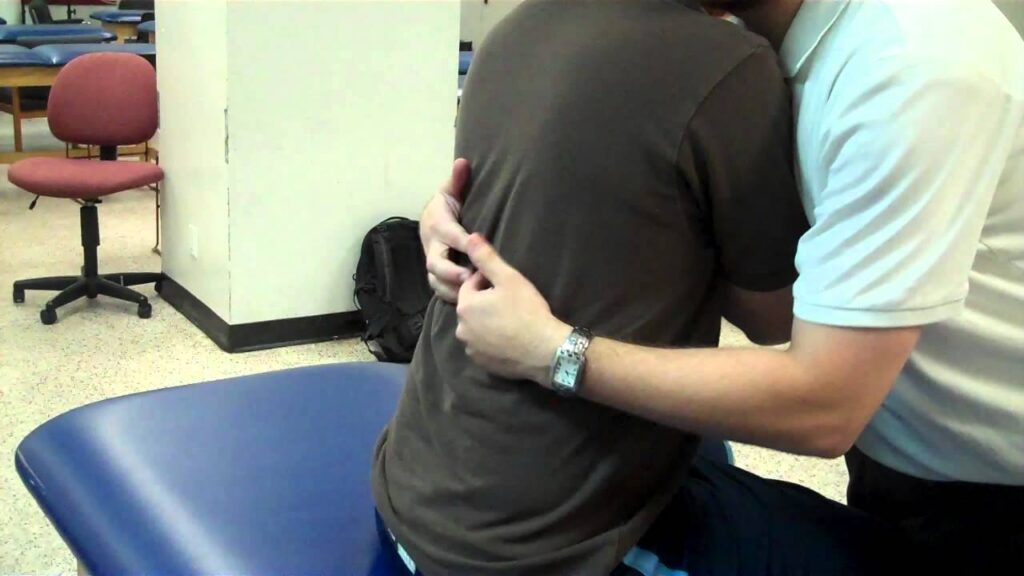
- In the starting position of the test, the patient sits on the edge of the examining table.
- The examiner [ therapist ] stands in front of the patient.
- The patient places the pronated arms with elbows joint bent on the anterior aspect of the examiner’s shoulders.
- The examiner puts both hands around the patient so the fingers rest over the lumbar spine & with the heels of the hands gently pull the lumbar spine into full lordosis.
What is the result of the posterior lumbar spine instability tests?
- To stress L5 on S1, the examiner [ therapist ] stabilizes the sacrum with the fingers of both hands & instructs the patient to push through the forearm while maintaining the lordotic posture.
- This posterior lumbar spine instability tests produces a posterior shear of L5 on S1.
- Tther levels of the spine may be tested similarly.

